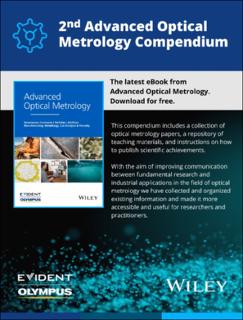| dc.description.abstract | Engineering materials in service are frequently exposed to bird droppings (BDs). In this study, the interaction has been studied of BDs from chicken with a carbon steel, AISI 316, 22% Cr duplex stainless steel (DSS), 25% Cr super duplex stainless steel (SDSS), carbon steel with a thermally sprayed aluminum (TSA) coating, and aluminum alloy EN AW 6082. Samples with and without BDs are exposed to a cyclic salt spray test for up to 692 h (29 days). Electrochemical experiments in the presence of BDs were conducted in a syringe-based droplet cell. Characterization of the corrosion products by infrared (IR) and Raman spectroscopy shows no build-in of organic components into the corrosion products in the samples exposed to BDs. In general, BDs affect the anodic dissolution mechanism of metals and increase the critical pitting potential. For carbon steel, a component of the BDs acts as an anodic inhibitor, leading to passivation of the surface and decreasing corrosion rates by 1–2 orders of magnitude. For 316, BDs increase the critical pitting potential but may facilitate crevice-like initiation of localized corrosion. There are negligible effects of BDs on the corrosion of SDSS, and no evidence either for adverse effects on DSS. TSA shows an increased corrosion rate by half to one order of magnitude with BDs, but its ability to galvanically protect a steel base material is not compromised. AW 6082 shows decreased corrosion rate, no difference in mass loss, but increased pitting in the presence of BDs. Overall, these model experiments may only be seen as the start of a more systematic understanding of the interaction of BDs with engineering materials. | en_US |

